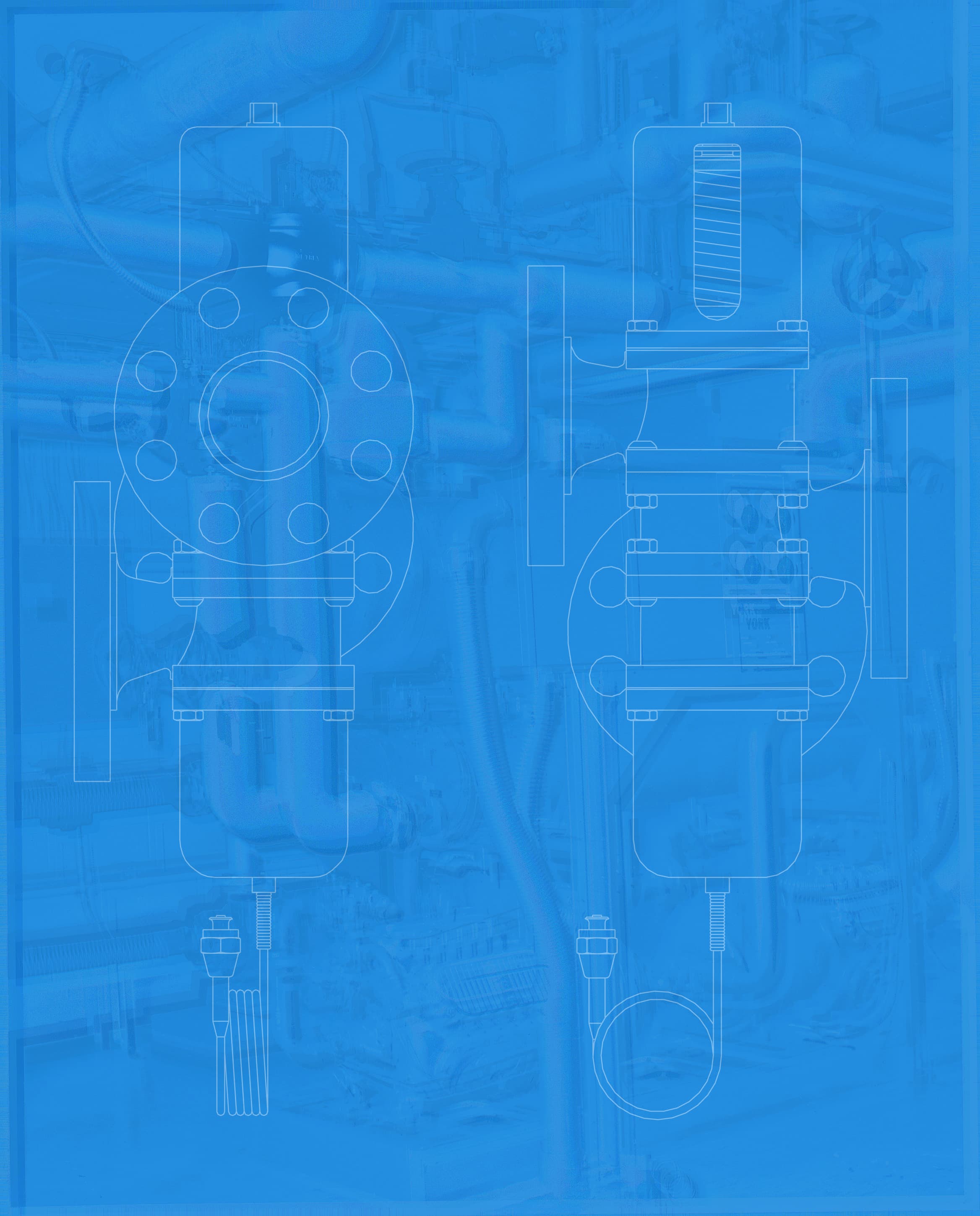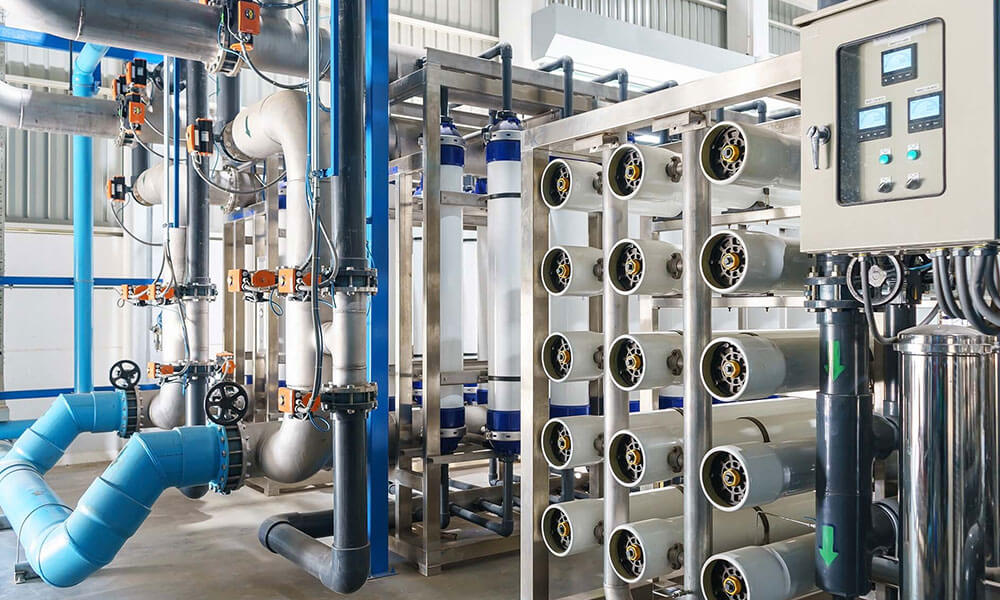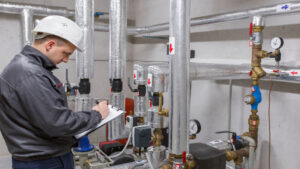Water stress is a global problem. As noted by the Council for Foreign Relations, a shortage of drinking water is often not a matter of actual scarcity of water, but a lack of essential infrastructure like storage and sanitation facilities. However, in certain regions of the world such as the Middle East, North Africa, and the southwestern United States, physical water scarcity is a problem demanding creative solutions to find new supplies of fresh water in addition to making wise use of the resources that are available. Exacerbating the issue is the increasing unpredictability of rainfall patterns, which makes it more difficult for regions already grappling with water scarcity to effectively plan.
In the face of this challenge, one technology that is receiving increasing attention as a possible solution to increase the supply of potable water is desalination. Desalination (or desalting) is the process of removing dissolved salt from seawater, brackish water, mineralized groundwater, or municipal waste. This makes the water fit for human consumption, irrigation, or other purposes that highly salty water would be unusable for.
Where Is Desalination Used Today?
According to Britannica, desalination is used in over 120 countries, with more than half of the desalinated water produced in the Middle East and North Africa. While the top producers as of 2019 were Saudi Arabia, the United Arab Emirates, and Kuwait, the United States accounted for nearly 13 percent of the total output of desalinated water. The two main types of desalination are thermal desalination (distillation), in which heat is used to produce water vapor that condenses into fresh water, and reverse osmosis (membrane desalination), in which salt water is forced through a semi-permeable membrane with pores too small to allow the salt molecules through. The latter process is used in most desalination plants worldwide.
Desalination is most economically feasible in coastal locations where it isn’t necessary to pump water long distances to a desalination plant. For example, in California, there are 12 existing seawater desalination facilities throughout the state, and the Doheny Ocean Desalination Project in Orange County was approved by the state’s coastal commission in October 2022. However, desalinated water still represents a small fraction of water used worldwide.
Challenges to Scaling Up Desalination
While desalination is a promising avenue for increasing supplies of fresh water, the technical challenges of making it economically feasible have proven to be a limiting factor on its adoption. First, it requires a large amount of energy; though reverse osmosis is less energy-intensive, the energy costs of that process increase with water of higher salinity. New types of desalination that require less energy are under development, but none of these produce water on a commercial scale yet. Cheaper sources of renewable energy could also potentially reduce the cost of existing processes.
Desalination also produces brine, a highly saline waste product that must be disposed of safely to avoid damage to the environment. Currently, brine is typically diluted with another water source before being discharged or treated in evaporation ponds. However, new ways of converting brine into useful chemicals or extracting metals from it may point the way to turning this byproduct into a resource.
Another consideration is that seawater is extremely corrosive, quickly damaging components like valves in desalination plants. Even valves made with seawater-compatible materials such as bronze, brass, and stainless steel can be destroyed by constant contact with salt water in relatively short order, increasing the expense of keeping equipment in working order. This can be solved by manufacturing valves for desalination out of less reactive materials like titanium for a greatly increased lifespan (40 years versus 3 years with traditional materials). While the initial material cost would be greater, the savings in decreased maintenance and increased reliability more than offsets the difference.
U.S.-Made Custom Valves for Demanding Applications
Metrex Valves has been designing and manufacturing innovative valves to perform reliably under the most demanding conditions for over 60 years, including for desalination plants. We custom engineer valves to the exact specifications required by our clients, in addition to stocking a wide range of off-the-shelf products for both common and specialized applications. Our customers count on the “set and forget” quality that has made us an industry leader. To find out more about how Metrex can supply the right valve for your needs, no matter how challenging, contact us here.








